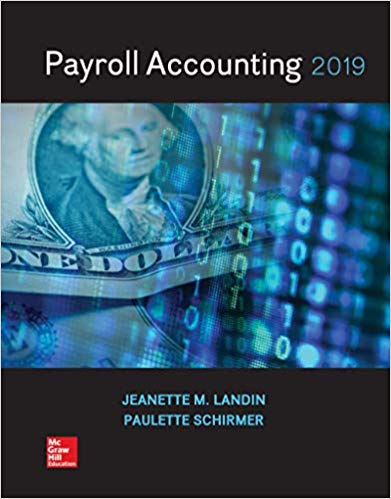Question
Question #1 (2 points) For each of the following activities, indicate if the activity represents: A. A cash inflow. B. A cash outflow. C. Both
Question #1 (2 points) For each of the following activities, indicate if the activity represents:
A. A cash inflow. B. A cash outflow. C. Both a cash inflow and a cash outflow
D. Neither an inflow or outflow.
_____1. Purchased merchandise inventory for cash.
_____2. Paid accounts payable.
_____3. Issued shares of common stock in exchange for equipment.
_____4. Collected an account receivable.
_____5. Recorded depreciation expense.
_____6. Acquired a building paying 10% down and financing the balance.
_____7. Accrued interest expense.
_____8. Declared a dividend on the common stock.
_____9. Exchanged machinery for office furniture.
____10. Paid bond interest.
=================================================================
Question #2 (2 points) For the following, indicate the adjustment to be made, if any, to net income in the operating section of the cash flow statement prepared on the indirect method:
(A) Increase net income (B) Decrease net income
(C) No adjustment (investing activity). (D) No adjustment (financing activity)
_____1. Accounts receivable increased by $5,000 from last year to this year.
_____2. Depreciation was $30,000.
_____3. Prepaid Expenses decreased $10,000.
_____4. Accounts Payable increased $20,000.
_____5. Merchandise inventory increased by $15,000.
_____6. Office furniture decreased $8,000.
_____7. Sold a building at a gain of $5,000.
_____8. Issued a cash dividend.
_____9. Amortization of intangible assets was $10,000.
_____10. Purchased 100 shares of Apple Computer common stock for $13,000.
Question #3 (2 points) For the following activities, indicate in which section, if any, of the cash flow statement, in they would appear:
A) Operating. B) Investing. (C) Financing.
(D) Non-cash Investing and Financing Activities (E) Would not appear.
_____1. Redeemed bonds payable by issuing preferred stock.
_____2. Purchased treasury stock.
_____3. Collected accounts receivable.
_____4. Made cash sales.
_____5. Acquired machinery for cash.
_____6. Issued preferred stock for cash.
_____7. Borrowed funds from the bank and issued a three-year note.
_____8. Sold office equipment for cash.
_____9. Paid a dividend.
____10. Loss on sale of long-term assets.
=================================================================
Question #4 (4 points)
The following information is available for the Sydney Company:
Sydney Company
Income Statement
For the Year Ended December 31, 2014
Service Revenue $ 900,000
Operating Expenses 700,000
Net Income before Income Tax $ 200,000
Income Tax Expense 80,000
Net Income $ 120,000
The following balance sheet information is also available for 2014 and 2013
2014 2013
Cash $ 330,000 $ 70,000
Accounts Receivable 120,000 100,000
Merchandise Inventory 40,000 50,000
Prepaid Rent 0 10,000
Accounts Payable 70,000 60,000
Income Taxes Payable 10,000 15,000
In addition the following transactions took place during 2014:
1. Common stock was issued for $100,000 cash.
2. Long-term investments were sold for $50,000.
3. Cash dividends of $80,000 were paid.
4. Operating expenses included a $25,000 loss on the sale of investments and $30,000 depreciation.
Required:
Prepare in good form for Sydney Company, a cash flow statement for 2014 using the indirect method.
Step by Step Solution
There are 3 Steps involved in it
Step: 1

Get Instant Access to Expert-Tailored Solutions
See step-by-step solutions with expert insights and AI powered tools for academic success
Step: 2

Step: 3

Ace Your Homework with AI
Get the answers you need in no time with our AI-driven, step-by-step assistance
Get Started


